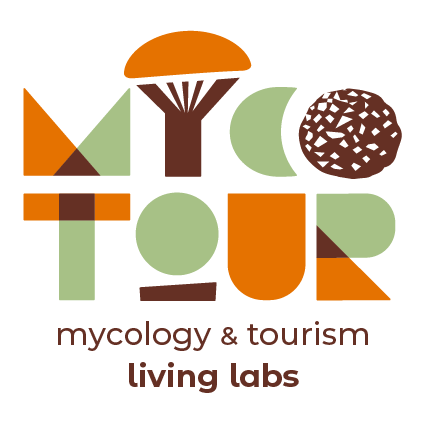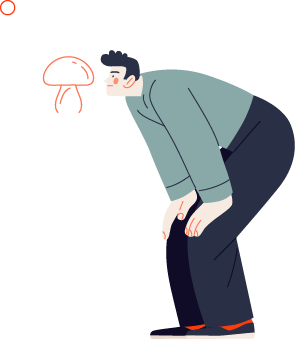
Living Lab Moncayo
LIVING-LAB MYCOTOUR PROJECT
May 7 and 8, 2024
Towards an international network of Mycotouristic Parks (Fungi Friendly Forest):
Presentation of the Mycological Park of Moncayo.
Technical coordination:
Program. May 7. Free admission until full capacity is reached.
Multipurpose hall of the Town Hall of San Martín de la Virgen del Moncayo (Zaragoza, Aragón, Spain).
16:30 h
Inauguration
16:45 h
The Mycotour Project: structuring and internationalization of mycotourism in rural areas.
Fernando Martínez Peña
Researcher Centro de Investigación y Tecnología Agroalimentaria de Aragón.
17:00 h
17:30 h
18:15 h
18:30 h
Research cook. Basque Culinary Center (BCC-Innovation), San Sebastian.
Cristina Mallor
Researcher at the Centro de Investigación y Tecnología Agroalimentaria de Aragón.
Jean Rondet
CEO. Sens et Territoire, France.
Ana María Ferrer Mairal
Researcher in Food Technology. University of Zaragoza
José Tazueco
Chef of the restaurant Saboya 21, Tarazona.
19:15 h
21:00 h
(Speakers and invited experts only)
Program. May 8. Morning session for invited speakers and experts only.
9:00 h
9:30 h
10:00 h
10:30 h
11:30 h
12:00 h
13:15 h
14:30 h
Program. May 8. Afternoon. Free admission until full capacity is reached
Multi-purpose hall of the Town Hall of San Martín de la Virgen del Moncayo (Zaragoza, Aragón, Spain)
17:00 h
“The importance of generating and maintaining long-term inventories to improve knowledge and management of mycological resources.”. Ulf Büntgen. Professor at the University of Cambridge, United Kingdom.
“The FUNDIVE project and citizen science for the improvement of knowledge about mycological biodiversity”. Sergio de Miguel Magaña. University of Lleida-Center of Forest Science and Technology of Catalonia.
“The impact of climate change on mycological resources: the “a por mushrooms” project”. Cristina Aponte. CIFOR-INIA, Consejo Superior de Investigaciones Científicas, Madrid.
17:45 h
European projects Manager Piedmont Region. Italy.
18:30 h
19:00 h – 20:30 h
20:30 h
Expert participants: forest managers and owners of Mycological Parks, mycological associations, mycological companies, rural development agents, mycological restaurants and international scientists.
-
- Alexis Guerin-Laguette. Secretary of the EMI Scientific Committee. New Zealand (online).
- Alexandra Falba. Gastronomy and art direction. Montpellier. France.
- Ana María Ferrer Mairal. Researcher in Food Technology. University of Zaragoza.
- Antonio Moliné. Treasurer of the Mycological Association of Campo. Huesca.
- Beatriz de la Parra. CEO ECM Environmental Engineering. Avila.
- Bin Wang. CEO Golden Truffles. Australia-China.
- Cristina Aponte. CIFOR-INIA, Consejo Superior de Investigaciones Científicas, Madrid.
- Cristina Mallor. Researcher at the Centro de Investigación y Tecnología Agroalimentaria de Aragón.
- David Villada. Head of Forestry Promotion Service. Junta de Castilla y León.
- Enrique Arrechea Veramendi. Chief of Forest Planning and Management Service. Government of Aragón.
- Enrique Fernández Villamor. President of the Federación Castellano Leonesa de Asociaciones Micológicas (FAMCAL).
- Fernando Guillén. Head of Agricultural Services. Provincial Council of Teruel.
- Fernando Martínez Peña. Researcher at the Centro de Investigación y Tecnología Agroalimentaria de Aragón.
- Isabel Doñate. Association of Truffle Growers of Teruel (ATRUTER).
- Jacob Ramirez. Mycological Park of Moncayo. President of the Comarca de Tarazona y el Moncayo and Mayor of San Martín de la Virgen del Moncayo.
- Jaime Carrasco Carrasco. Regional Institute for Agrifood and Forestry Research and Development of Castilla-La Mancha.
- Javier Marcos. Professor of the course “Mycological Counselor”. Fungalia Project.
- Jean Rondet. CEO. Sens et Territoire, France.
- Jérôme Sauveplane. Viganés Mycological Territory. Deputy Councilor to the Mayor of the City of Vigan, France.
- Jesús Lamata. President of the Mycological Association San Martín de la Virgen del Moncayo.
- Joaquin Latorre Minguell. European Mycological Institute (EMI).
- Joris Masafont. Charte forestière Sud Cévennes, France.
- José Gerardo López Castillo. President of the Andalusian Federation of Mycological Associations (FAMA).
- José Tazueco. Chef of the restaurant Saboya21, Tarazona.
- José Antonio Lucas. Head of the Territorial Service of Environment of Soria. Junta de Castilla y León.
- Lourdes Andrés. President of the Association Montes de Soria. Soria City Council.
- Luis Javier Hernández Bruna. Mycological Association of San Martín de la Virgen de Moncayo.
- María Martín Santafé. Researcher at CITA. Government of Aragón.
- Martín de Luis. Department of Geography and Land Management. University of Zaragoza.
- Miguel Angel Navarro. Deputy of Agriculture. Provincial Council of Teruel.
- Miguel Angel Saz. Department of Geography and Land Management. University of Zaragoza.
- Miguel Gimeno. Sylvesterra Collectors Association (Teruel) and CEO Cesta y Setas, Valencia.
- Nahuel Pazos. Research cook. Basque Culinary Center (BCC-Innovation), San Sebastian.
- Nuria Mignone. European projects Manager Piedmont Region. Italy.
- Pedro Aparicio. Secretary of the MicoAragón Association. Mayor of Orcajo (Zaragoza).
- Pedro Blanco. President of the Turolense Mycological Society.
- Rafael Blasco. President of the Caesaraugusta Mycological Group.
- Ricardo Forcadell. CEO Qilex. Forestry consulting.
- Roberto Serrano Notivoli. Department of Geography and Land Management. University of Zaragoza.
- Rubén Escribano Gil de Gómez. Technician Association of Mycological Parks of Aragon (MicoAragon).
- Rubén Hernádez. Territorial Service of Environment of Zaragoza. Government of Aragón.
- Sebastien Diette. CEO of Alcina, Montpellier, France.
- Sergio de Miguel Magaña. Center of Forest Science and Technology of Catalonia-University of Lérida.
- Simon Egli. Former Researcher at the Swiss Forest Research Institute (WSL).
- Ulf Büntgen. Professor at the University of Cambridge, United Kingdom.
- Victoria Ruiz Medrano. University of Valladolid.
- Yolanda Santos. Councilor of Tourism. Soria City Council.
Administrative coordination

Management and scientific advice
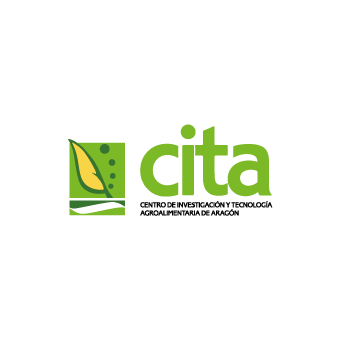
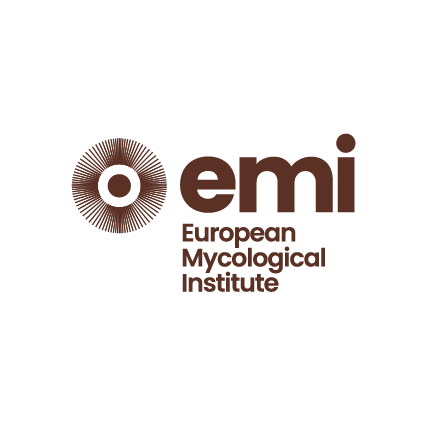
Participation
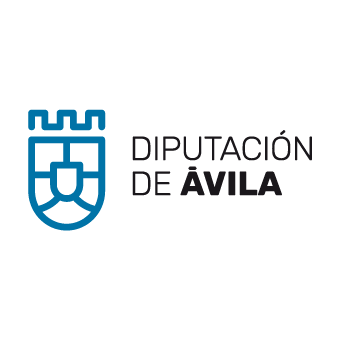
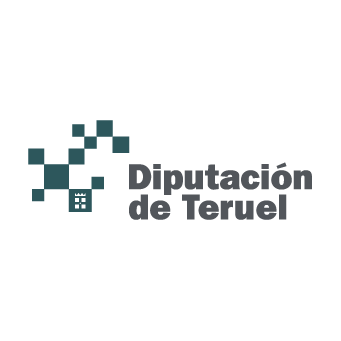
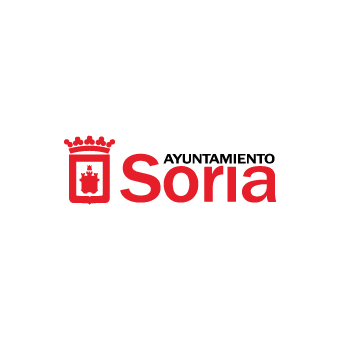
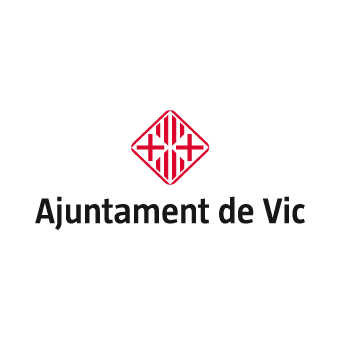
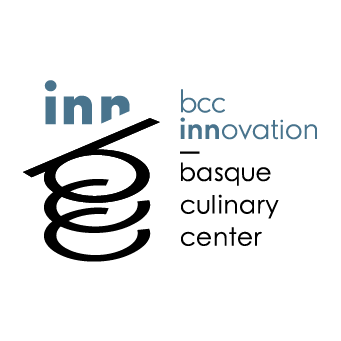
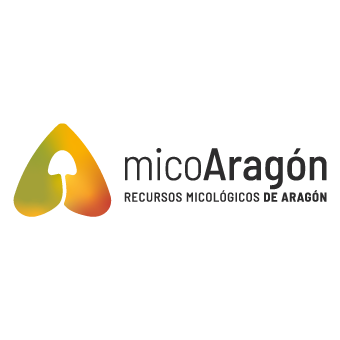

Financing
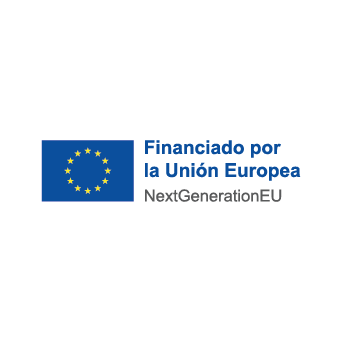
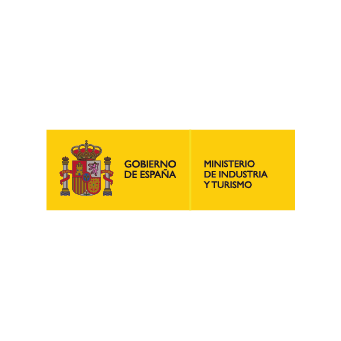
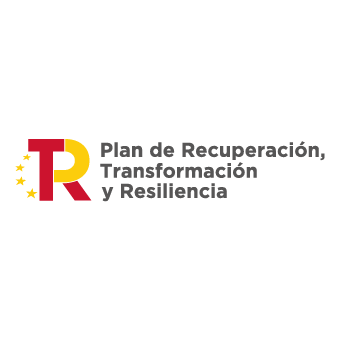
Administrative coordination

Management and scientific advice


Participation







Financing



